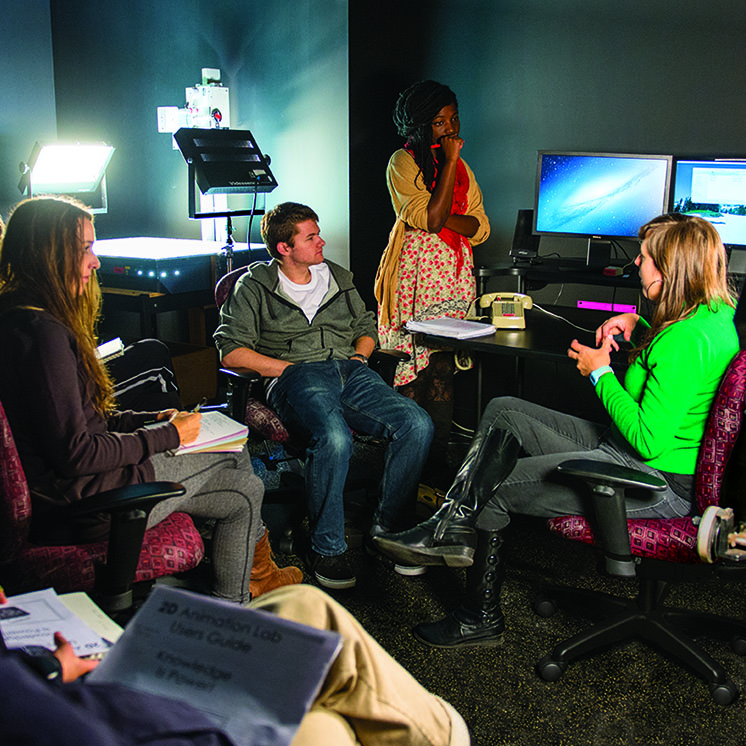The Science of Sensory Perception
REVISED
Fall 2015 quarter
Taught by


Prerequisites
Students in this lower-division physics/optics and upper-division biology program will gain exposure to how the sensory organs and systems for touch, taste, smell, hearing, and vision work on a basic scientific level. Students will learn the fundamental steps in sensory perception, starting with the transmission of a given physical phenomenon from the outside world to a molecular cell receptor and ending with neurophysiologic interpretation by the brain.
The physics component of the program will focus primarily on the wave behavior and optics underlying the detection of sound and light. In the biology component, the somatosensory, olfactory, gustatory, auditory, and visual systems will be used as focused topics to study more general concepts in molecular cell biology and neuroscience.
Weekly assignments will consist of textbook readings with assigned problem sets as well as primary scientific and review papers. Electrophysiology, cell signaling, synaptic function, neuroanatomy, psychophysics, and neural integration will be emphasized for each sensory system studied, with special emphasis on physics of the auditory and visual systems (wave propagation, interference, and ray optics). Laboratory sessions will reinforce the physics and biology concepts learned in lecture and provide students with opportunities to learn fundamental optical, cell, and molecular biology techniques.
This program is appropriate for students interested in pursuing further work in biophysics, biological research, neurobiology, and the biomedical sciences. Students who successfully complete this program will attain upper-division credit in cell biology, molecular biology, and neuroscience, and lower-division credit in both introductory physics (equivalent to one quarter of algebra-based physics) and biophysics.
Program Details
Fields of Study
Preparatory for studies or careers in
Academic Website
Location and Schedule
Campus location
Olympia
Schedule
Offered during: Day
Books
Online Learning
Required Fees
Upper Division Science Credit
Revisions
| Date | Revision |
|---|---|
| May 5th, 2015 | Physics content updated in description. |
 my.evergreen.edu
my.evergreen.edu

 Fall
Fall